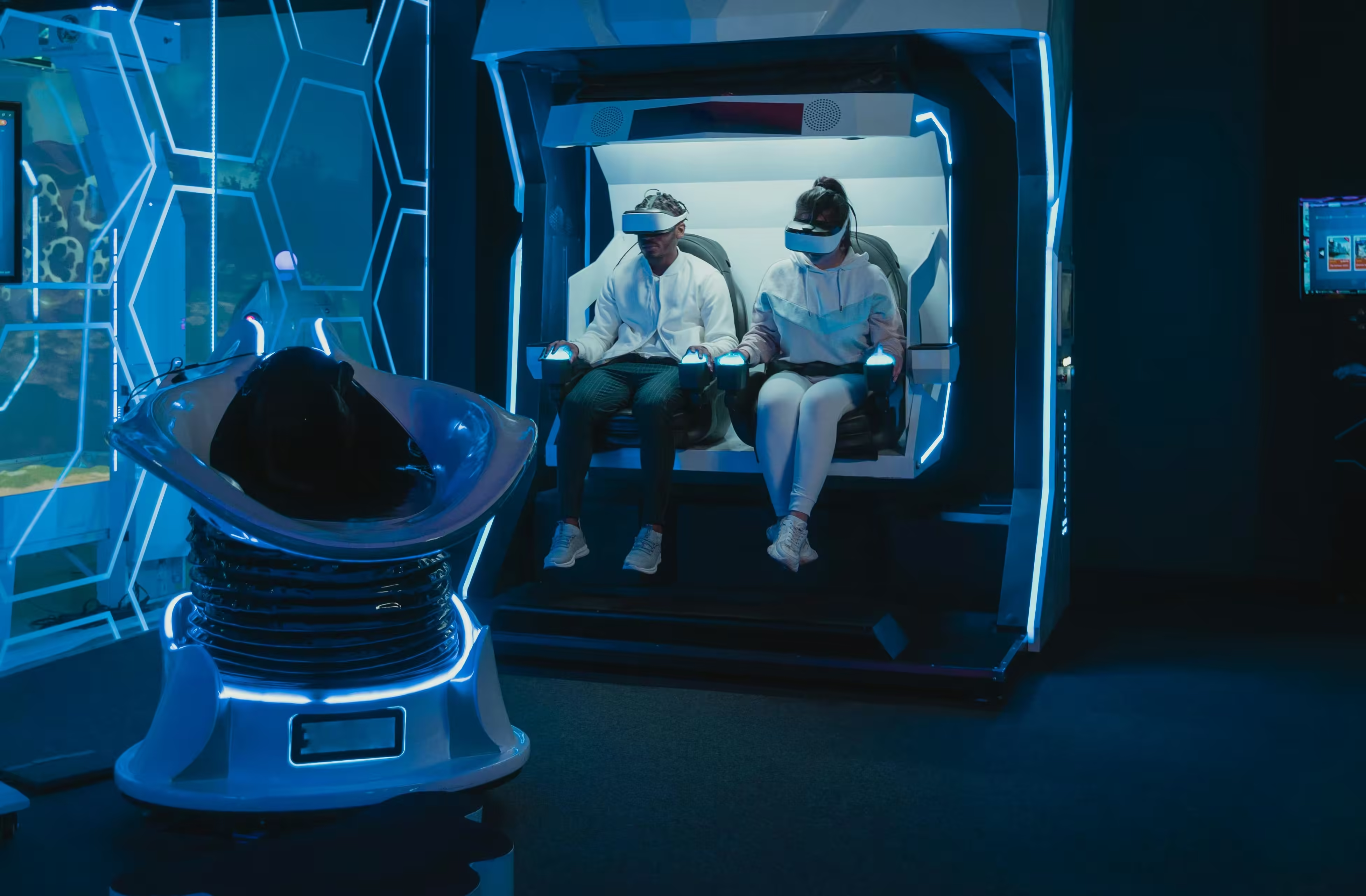How a car goes from design to production: Automotive Product Lifecycle
Introduction to Automotive Product Development
One of the most important factors that really differentiates which EV or automotive OEM will succeed in the market is: how quickly can they actually make cars! By that, I mean taking an idea—like envisioning a car where customers can sleep while YouTube plays in the background, lights dim around, and it goes from 0-100 in 2.5 seconds—to actually being able to mass-produce the car in factories. The idea is often the easy part, but validation and execution are the really, really tough challenges! Today, let's take a fascinating journey through the life cycle of automotive product development, focusing on the intricate process of bringing an electric vehicle (EV) from a mere concept to the Start of Production (SOP). This journey is akin to a symphony, where every stage plays a crucial role in delivering a vehicle that meets the highest standards of quality and performance. Buckle up as we explore the key stages and milestones that pave the way for the cars of the future.
What is the Automotive Product Lifecycle and Development Process?
The automotive product lifecycle is a multi-stage process that takes a car from concept through mass production and market launch. This process includes concept development, design, validation, pre-production, and ramp-up.
Each phase involves rigorous planning, testing, and iterations to ensure the vehicle meets high standards of quality, performance, and safety. The lifecycle is crucial in determining how quickly an automotive manufacturer can bring a car to market, making it a key factor in competitiveness. I should also mention that this product development cycle is generally very similar for EVs and ICEs, with some steps adapted. Just reading through the article will give you a core understanding applicable to all automotive manufacturers. While this write-up may sound a bit more technical going in, trust me, it all makes sense as you move through it! If you want to start simple, check out our Automotive 101 article.
What are the Key Stages of Automotive Product Lifecycle?
Concept Development
1. Product Vision (PV)
Every great journey begins with a vision. The first step in automotive product development is crafting a clear and compelling product vision. This stage involves brainstorming sessions where ideas flow freely, market trends are scrutinized, consumer needs are dissected, and technological advancements are considered. It's about dreaming big and setting the direction for the entire project. Think of this phase as the blueprint of your dream car, where every detail is imagined and planned.
2. Preliminary Product Specification (PPS)
With the vision in place, it's time to get more technical. The Preliminary Product Specification phase defines the details. Here, technical, economic, and timing targets are set to ensure the project is viable. Feasibility studies are conducted, potential obstacles are identified, and solutions are brainstormed. This stage lays the groundwork for what’s to come.
3. Target Agreement (TA)
Next is the Target Agreement phase. This is where the rubber meets the road. The concept phase culminates in a set of agreed-upon targets that align with the company's strategic objectives. It’s about getting buy-in from key stakeholders and ensuring everyone is on the same page.
Development
4. Concept Freeze (CF)
In the Concept Freeze phase, decisions are finalized, and there’s no turning back. The chosen concepts and technical approaches are locked in, industrialization plans are assessed, and a commitment is made. This phase sets the course for detailed development.

5. Functional Confirmation (FC)
Now, we get into testing and simulations. The Functional Confirmation phase rigorously tests the vehicle's functional aspects based on release data. Planned iterations are executed, and the production process is verified to meet the desired standards. It’s about ensuring everything works perfectly before moving to the next stage.
Series Preparation
6. Production Try Out (PTO)
Here, the first pre-production vehicle is assembled, painted, and tested to verify the manufacturing process. It’s like a dress rehearsal before the big show, identifying any issues in the production line and making necessary adjustments.
7. Pilot Production (PP)
Pilot Production involves creating a limited number of vehicles to test under real-world conditions. Component and vehicle performance tests are conducted. This phase ensures the vehicle meets all functional requirements before mass production.
8. Launch Sign-off (LS)
Before mass production begins, there’s a final review. The vehicle undergoes a final review, performance tests are completed, and manufacturing feasibility under volume production is confirmed. This is the ultimate thumbs-up, marking the vehicle’s readiness for market entry.
Ramp-Up
9. Start of Production (SOP)
The vehicle enters mass production. The first units roll off the assembly line, and distribution preparations begin. This stage is the culmination of all development efforts, marking the vehicle’s official market launch.
10. Process Stability (PS)
Post-launch, focus shifts to process stability. The production process is closely monitored to ensure consistent quality standards. Issues that arise are addressed, and continuous improvements enhance efficiency and quality.
How long is Tesla, VW, Nio and BYD Product Development?
Now, let’s compare how different automotive manufacturers navigate this process. Each company has its own timeline for bringing EVs to market:
| Manufacturer | Development Time | Strengths |
|---|---|---|
| Tesla | 2.5-3 years | Streamlined process, rapid iterations, quick quality passes |
| Volkswagen (VW) | 4-5 years | Extensive testing and validation |
| BYD | 2.5-3 years | Quick testing loops, Vertical integration, fast supply chain |
| NIO | 2.5-3 years | Innovation, customer feedback, data-centric development |
The Role of Gates in the Development Process
Throughout the development process, several gates act as crucial checkpoints to ensure increasing product maturity and process conformity. These synchronized, cross-functional checkpoints drive product development forward. Let’s break down the key points about gates:
- Checkpoints for Increasing Product Maturity: Gates ensure the product is progressively refined.
- Drivers of Product Development: Gates help maintain alignment with project goals and standards.
- Prerequisites for Next Phases: Each gate must be passed before moving to the next stage.
- Tailored Timing: Timing between gates is adapted to the specific project needs.
And that's how the product lifecycle goes!
The development of an electric vehicle is a meticulous, multi-stage process involving strategic planning, rigorous testing, and continuous improvement. From concept to Start of Production, every step is critical in bringing innovative, high-quality vehicles to market. As technology advances and processes become more efficient, the automotive industry will continue to evolve, driving innovation and delivering better vehicles to consumers. Optimizing the speed of this process is key—it's what differentiates competitors and determines who wins the race for market share.
Well and now, I can only say thank you for joining us on this journey through the automotive product lifecycle. The process is much more faceted and complex than this, but this was merely our attempt at simplifying it as much as possible. Hope you enjoyed reading!



